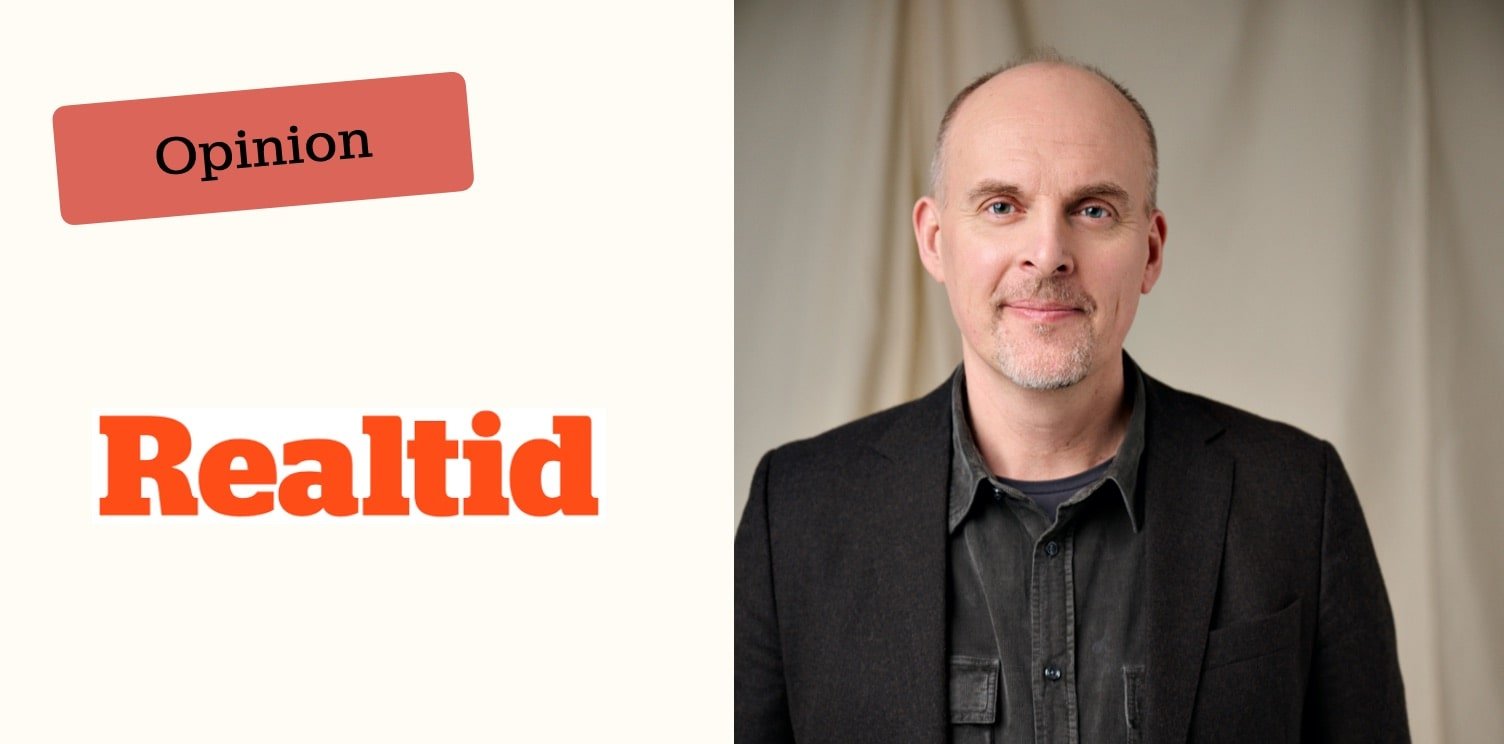To unlock the Green Energy Revolution, we must seize All Available Energy Resources.
This article was published by the Swedish newspaper Realtid, September 24th, 2023. (in Swedish)
Over the past week, energy policy has taken center stage. Last Wednesday, Deputy Prime Minister of Sweden and Minister for Energy, Business and Industry Ebba Busch invited all government parties for discussions on future energy policy. On the same day, the EU introduced its new Energy Efficiency Directive, which stipulates that the EU collectively needs to reduce energy consumption by an additional 11.7% compared to the 2020 reference scenario. This means that Sweden must double its current pace of energy efficiency and save roughly 10 TWh per year by 2030, equivalent to the annual heating of 125,000 apartments.
In 2018, data centers accounted for 2.7% of the EU’s total energy consumption, but this figure is expected to increase by 28% by 2030. However, the EU’s scenario was set before this year’s extreme AI development, and it is likely to be adjusted upwards. Industry experts predict an explosive demand for computing power driven by AI development. Just before the AI explosion, McKinsey estimated an annual growth rate of 10% in data center capacity. Raul Martynek, CEO of the American company Databanks, has predicted that AI development will drive up demand for computing capacity by 30%, with 80% of all data loads being AI-driven by 2030.
In an op-ed published on August 16th on realtid.se, we called for centralized coordination of sustainable data management to avoid increased carbon emissions from data centers. The Energy Efficiency Directive is a step in the right direction.
We welcome:
The requirement for data centers to report energy and water consumption and balance flexibility from 2024, with the aim of creating comparable sustainability indicators.
The call for improved energy use through the reuse of waste heat from data centers.
The call for all public entities that invest public resources through procurement to set a good example when awarding contracts and concessions by selecting products, buildings, construction projects, and services with the highest energy performance, even in cases not covered by specific requirements.
However, the directive does not reflect the transformation required to achieve the EU’s 2030 goals, with or without the ongoing AI development. Energy efficiency needs to consider all existing energy resources and ensure that we utilize these resources. In Europe alone, there is currently an unused reserve capacity in data centers equivalent to the annual energy production of 26 nuclear power plants. Waste heat from data centers is ventilated from a large number of data centers built in non-urban areas.
It would have been highly desirable for the directive to have a faster implementation pace and also include:
Requirements for reporting the digital carbon footprint in sustainability reports for listed companies. Although the Corporate Sustainability Reporting Directive (CSRD) has been adopted by the EU, it is up to each member country to implement the directive at the national level.
Requirements for energy performance in public procurement of data centers and cloud services.
Increased focus on sector collaborations to find opportunities to use the energy surplus in Europe.
One thing we agree with Deputy Prime Minister of Sweden and Minister for Energy, Business and Industry Ebba Busch on, is that there is no time for protracted negotiations on energy policy if we are to meet the climate transition and continued digitization. Moreover, to meet the increased energy demand driven by the AI boom, we must immediately begin to utilize all available energy resources and stop venting excess heat from data centers.
Sources
How AI will change data centers forever

